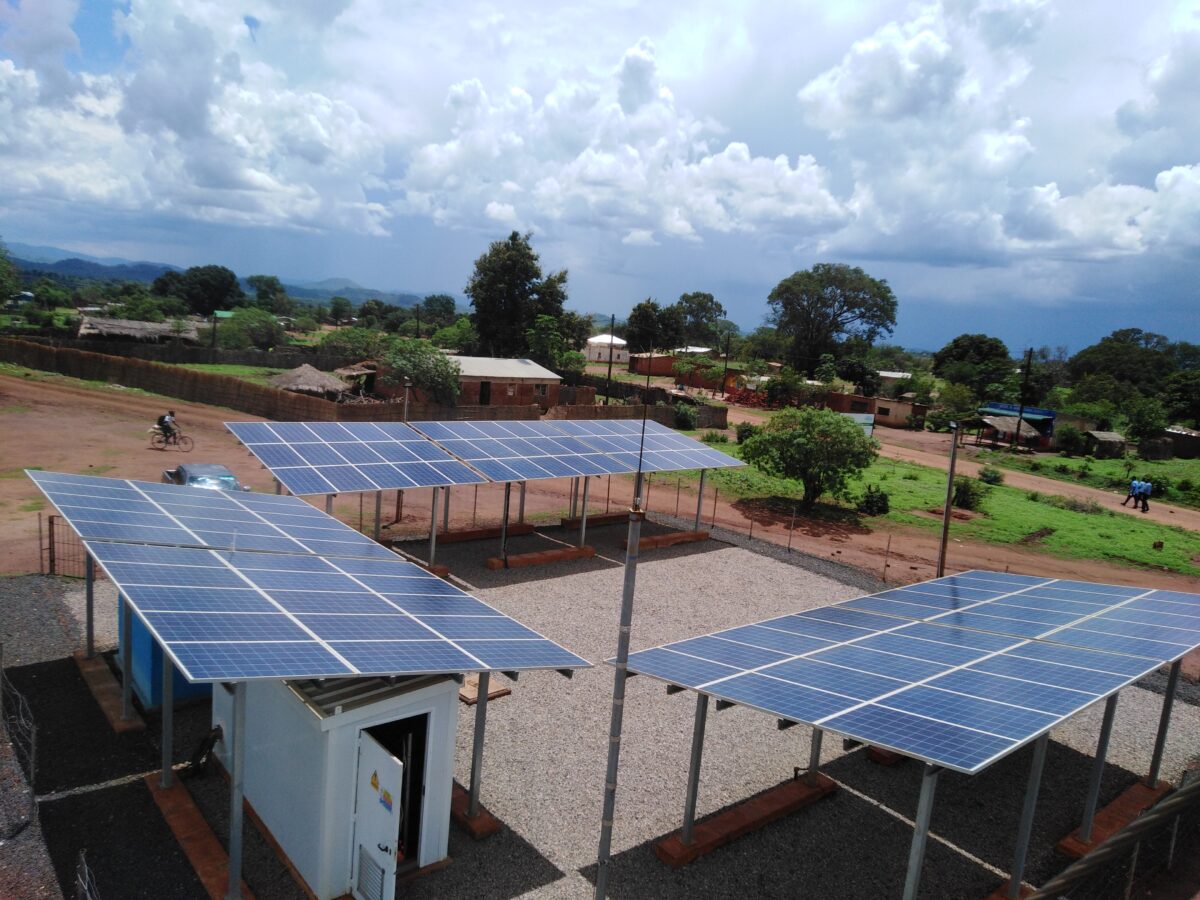Investment in the offgrid solar sector continues to grow, with the latest transaction involving $7.5 million of senior debt for the construction of 60 minigrids in Zambia. The projects, with around 5 MW of cumulative capacity, are intended to bring electricity to more than 40,000 people living in rural areas.
MySol Grid Zambia, a subsidiary of EEA, secured the funds from FEI, which was established by the African Development Bank and managed by UK-based investment bank Cygnum Capital.
MySol Grid Zambia is a leading player in the African offgrid market. In 2022, EEA had more than 1.5 million solar home systems sold and 16 minigrids in operation, as a result of bringing US solar home system business Fenix International, Berlin-based Mobisol, and Engie PowerCorner minigrids under one roof. Its projects have affected 7 million people in nine countries across Africa.
Last year, EEA signed the largest minigrid transaction in Africa with CrossBoundary Energy Access, at $60 million, to provide electricity access to more than 150,000 people in Nigeria. However, according to the International Energy Agency (IEA), the solar minigrid sector needs $187 billion of investment to achieve universal energy access by 2030.
Following the latest transaction, MySol Grid Zambia will construct, own and operate the minigrids under the Increased Access to Electricity and Renewable Energy Production (IAEREP) program. As part of IAEREP, the European Union previously allocated €6 million ($6.5 million) grants to Engie’s offgrid unit in the context of the EU Global Gateway initiative.
“Attracting non-recourse long-term debt financing for mini-grid projects is proof of the viability of the business model and the legitimacy of renewable mini-grid projects in the rural electrification landscape,” said Engie Energy Access CEO Gillian-Alexandre Huart.
Indeed, the offgrid solar sector has made significant progress in attracting finance, with companies offering pay-as-you-go and cash sale options for solar home systems, solar lanterns, solar appliances, and solar water pumps. In 2022, the sector secured $746 million, up 63% from the previous year, according to the Global Off-Grid Lighting Association (GOGLA).
However, this remains far from the $23.3 billion needed to achieve the SDG7 goal of clean, modern electricity for all. Today, more than 730 million people still live without access.
In Zambia, specifically, the need for rural electrification is dire. According to World Bank data, in 2021 Zambia’s national electrification rate stood at 46.7 %, with only 14.5% of the rural population having access to electricity.
The country’s population is highly dispersed across rural areas, which makes expansion of the national grid economically and technically challenging. Therefore, decentralized energy solutions, including offgrid solar, are critical to the Zambian government’s efforts to achieve its official target of universal access to energy by 2030. The government’s stated goal by 2023 was to deploy 500 MW of solar PV.
This content is protected by copyright and may not be reused. If you want to cooperate with us and would like to reuse some of our content, please contact: editors@pv-magazine.com.




By submitting this form you agree to pv magazine using your data for the purposes of publishing your comment.
Your personal data will only be disclosed or otherwise transmitted to third parties for the purposes of spam filtering or if this is necessary for technical maintenance of the website. Any other transfer to third parties will not take place unless this is justified on the basis of applicable data protection regulations or if pv magazine is legally obliged to do so.
You may revoke this consent at any time with effect for the future, in which case your personal data will be deleted immediately. Otherwise, your data will be deleted if pv magazine has processed your request or the purpose of data storage is fulfilled.
Further information on data privacy can be found in our Data Protection Policy.